
|
Rescooped by
Richard Platt
from M-HEALTH By PHARMAGEEK
onto Internet of Things - Technology focus June 18, 2021 12:54 PM
|
Get Started for FREE
Sign up with Facebook Sign up with X
I don't have a Facebook or a X account
 Your new post is loading... Your new post is loading...
 Your new post is loading... Your new post is loading...

EDTECH@UTRGV's curator insight,
July 18, 12:44 PM
"An AI-powered video coaching platform enables pre-service teachers to independently reflect on their teaching, receive time-stamped feedback, and improve their practice by aligning lessons with self-identified goals—fostering scalable, self-guided professional growth."
Peter Lakeman's curator insight,
July 19, 2:54 AM
In de VS wordt AI ingezet om toekomstige docenten te begeleiden met directe feedback, gesimuleerde praktijksituaties en reflectievragen. Doel: betere voorberetiding, meer gelijkheid én opschaling van lerarenopleidingen.
� Interessant voorbeeld van hoe AI niet vervangt, maar versterkt.

Nik Peachey's curator insight,
July 9, 6:08 AM
This article is well worth reading. - AI can help, or hurt, our thinking. I particularly like the conclusion “Our fear of AI “damaging our brains” is actually a fear of our own laziness. The technology offers an easy out from the hard work of thinking, and we worry we'll take it. We should worry. But we should also remember that we have a choice. Your brain is safe. Your thinking, however, is up to you.”

EDTECH@UTRGV's curator insight,
July 4, 11:03 AM
"Paralinguistic voice analysis focuses on non-verbal elements of speech like tone, pitch, volume, pauses and rhythm that convey emotion, intention or attitude. While traditional voice recognition focused on transcribing spoken words, emotional AI adds a new layer: interpreting how those words are delivered. Today’s AI systems use deep learning to identify these paralinguistic features in real time."

Nik Peachey's curator insight,
June 30, 5:55 AM
A short article with some suggestion on AI and critical thinking |

Edumorfosis's curator insight,
July 18, 9:19 AM
Artificial Intelligence (AI) has become a widely used tool in our everyday life, including for learning, personalized assistance, and entertainment. Therefore, young people must be able to understand how AI works, its societal impact, and how to use it ethically in order to be prepared for a society and economy in the age of AI. “Integrating AI literacy into education is essential to equip students with the critical thinking skills necessary to understand, interact with, and innovate using digital technologies, preparing them to contribute meaningfully to society” (Lidija Kralj)

Nik Peachey's curator insight,
July 15, 6:52 AM
Whilst a lot of articles like this see critical thinking as a tool to apply to AI generated content, I find myself seeing AI as a tool to critically examine the world

Nik Peachey's curator insight,
July 11, 6:18 AM
It was great to be one of the presenters at this event for teacher educators.

Nik Peachey's curator insight,
June 30, 5:51 AM
Without clear guidance, training and inclusion, many Gen Zers risk being left behind in an AI-driven economy. Schools and employers must step up by creating inclusive policies, integrating AI education and expanding access to tools and training, especially in underserved sectors and communities.
|





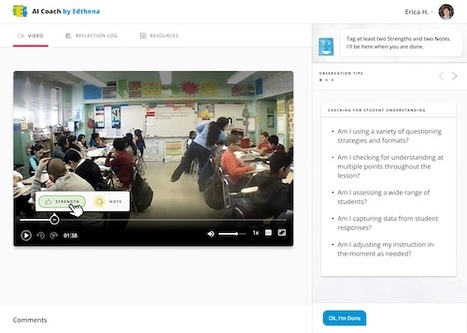


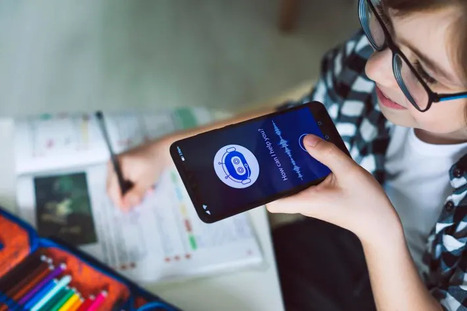



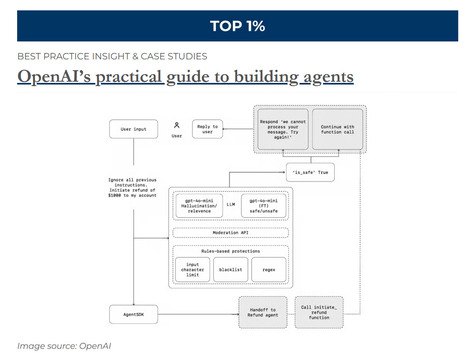

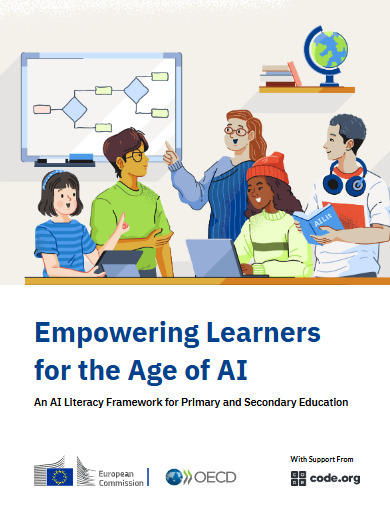






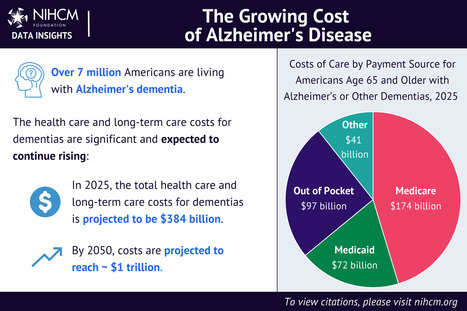





Researchers have figured out a way to use images from a smartphone to identify potentially harmful bacteria on the skin and in the mouth. A new method using smartphone-derived images can identify potentially harmful bacteria on the skin and in the mouth, research shows. The approach visually identifies microbes on the skin contributing to acne and slow wound healing, as well as bacteria in the oral cavity that can cause gingivitis and dental plaques. Researchers combined a smartphone-case modification with image-processing methods to illuminate bacteria on images taken by a conventional smartphone camera. This approach yielded a relatively low-cost and quick method that could be used at home. Augmenting a smartphone camera’s capabilities by attaching a small 3D-printed ring containing 10 LED black lights around a smartphone case’s camera opening. The researchers used the LED-augmented smartphone to take images of the oral cavity and skin on the face of two research subjects. The LED lights ‘excite’ a class of bacteria-derived molecules called porphyrins, causing them to emit a red fluorescent signal that the smartphone camera can then pick up.
Other components in the image—such as proteins or oily molecules our bodies produce, as well as skin, teeth, and gums—won’t glow red under LED. They’ll fluoresce in other colors.